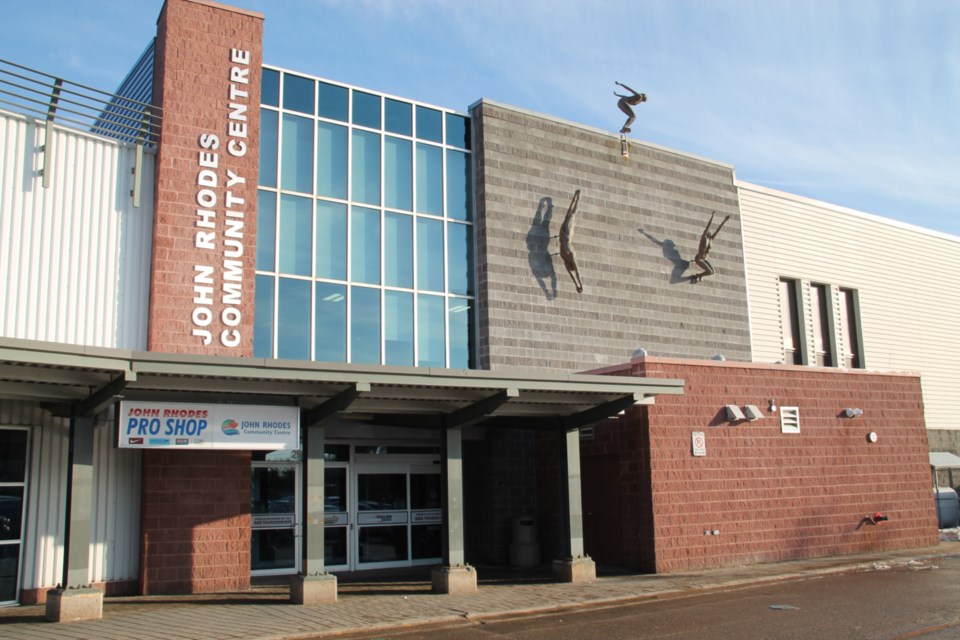A new Hockey Canada change-room policy that came into effect this year may help local arenas address demands for additional change-room capacity.
A 10-year city parks and recreation master plan approved this month calls on city officials to "assess the opportunities presented by Hockey Canada’s new dressing-room policy on the potential to reconfigure dressing rooms to accommodate all genders and larger numbers of players per room."
The master plan, passed by city council on May 13, points to growing demand in older Ontario arenas for more change-rooms with dedicated spaces for males, females and transgender users.
Sault Ste. Marie has three city-owned arenas.
Our newest hockey arena, the twin-pad Northern Community Centre, has 10 dressing rooms.
However, potential to add more change/rooms at the other two facilities – GFL Memorial Gardens and John Rhodes Community Centre – is limited by space.
The new Hockey Canada rules, which came into effect on Feb. 1, require that "minimum attire" be worn at all times in dressing rooms and other dressing environments.
"Minimum attire is clothing or a base layer that covers the pelvic region (ideally coverage would be from waist to upper thigh but, at a minimum there needs to be coverage of the buttocks and genitalia) and the chest area of the participant," the policy states.
"Ideally minimum attire above the waist should include clothing or a base layer covering most of the body between the neck and the waistline, it must, at a minimum, include clothing that covers most of the upper torso, such as a sports bra.”
Hockey Canada's no-nudity policy extends to showers.
"There are many reasons why athletes may require privacy (religious reasons, chronic conditions, body image, gender). The following guidance around the use of showers, is an additional step in creating environments within which athletes feel safe and secure.
"It is recommended that when showers are not private stalls, that these be used in a manner that respects the privacy of all participants. When in open concept showers, it is encouraged that all athletes wear certain 'minimum attire' at all times, including swimwear.
"In order to facilitate this, participants could use a private restroom stall to change out of their base layer and into their swimwear prior to using the shower. Similarly, they could dress in a private restroom stall after they have completed their shower," Hockey Canada says.
"It is not clear yet how or if the recent Hockey Canada dressing room policy on wearing a base layer of minimum attire will reduce the need for separate dressing rooms," states the city's new master plan.
"While the intent of the policy is to promote inclusion, a possible facility outcome could be reconfiguring existing smaller spaces into larger rooms with a limited number of private stalls for those who prefer privacy.
"If the issue is the number of teams needing rooms concurrently, this approach may not address deficiencies within the existing footprint of the dressing room area," the master plan says.
The 10-year master plan is considered a 'living' document to be updated and adjusted through the city's annual budget planning process.
"It acts as a road map, identifies needs and priorities, and suggests implementation timing of recommendations. However, they may be advanced, delayed or amended to respond to changing circumstances, and some initiatives will require additional community consultation to arrive at detailed plans and designs," the plan says.
"Council, in consultation with municipal staff, will determine when and how initiatives are actually implemented."
